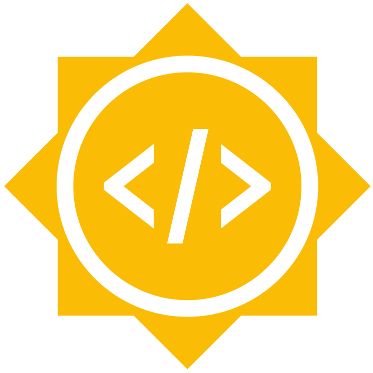19 Mar 2016
Starting today MDAnalysis is officially building conda packages. The
package are published in the MDAnalysis organization on
anaconda.org. The conda package includes the MDAnalysis packages as
well as the MDAnalysisTests package.
To install MDAnalysis with conda use:
conda config --add channels MDAnalysis
conda install mdanalysis
If you later want to update to the next release use:
Currently we only support linux 64bit builds for conda. OSX users still have to
use pip. We plan to support OSX in the future as well; we’d appreciate
any help here.
The GridDataFormats package is also available through conda on OSX
and linux.
— @kain88-de
14 Mar 2016
nglview is a Python package that makes it
easy to visualize molecular systems, including trajectories, directly in
the Jupyter Notebook. The recent 0.4.0
release of nglview
brings a convenient interface for visualizing MDAnalysis Universe and
AtomGroup objects directly:
import MDAnalysis as mda
import nglview as nv
from nglview.datafiles import PDB, XTC
u = mda.Universe(PDB, XTC)
protein = u.select_atoms('protein')
Although we could use the full Universe, selecting a subset of the atoms as
an AtomGroup will give better performance when viewing the trajectory
interactively. We can feed this directly to the nglview.show_mdanalysis
function to produce the Jupyter widget:
w = nv.show_mdanalysis(protein)
w
This will give something like this in the notebook itself:
The notebook widget (you’ll have to try it yourself to see — what you
see above is a limited view but you can still rotate and zoom the molecule) also lets you select atoms by
clicking on the molecule, add custom representations
to atom selections,
and interactively view different frames of the trajectory, both programmatically and with
a graphical slider. Be sure to double-click the notebook viewer widget to have a look
at everything in a lovely full-screen view, too!
nglview is just a pip install away:
Give it a try, and be sure to thank
Alexander Rose (@arose)
and Hai Nguyen (@hainm) for pushing this project forward!
– @dotsdl
08 Mar 2016

MDAnalysis has been accepted as a sub-org of the Python software foundation,
PSF, for Google Summer of Code 2016. If you are interested in working with
us this summer as a student read the advice and links below and write to us on the
mailing list.
We are looking forward to all applications from interested students
(undergraduates and graduates).
The application window deadline is March 25, 2016 at 12:00
(MST). As part of the application process you must complete all the
steps listed under
Information for Students and familiarize
yourself with Google Summer of Code 2016. Apply as soon as
possible.
Project Ideas
We have listed several possible projects for you to work on on our
wiki. Each project is rated with a difficulty and lists the possible mentors for
it.
Alternatively, if you have another idea about a project please write to us on the
developer list and we can discuss it there.
You must meet our own requirements and the PSF requirements if you
want to be a student with MDAnalysis this year (read all the docs
behind these links!). You must also meet the eligibility criteria.
As a start to get familiar with MDAnalysis and open source development you
should follow these steps:
Complete the Tutorial
We have a tutorial explaining the basics of MDAnalysis. You should go through
the tutorial at least once to understand how MDAnalysis is used.
Introduce yourself to us
Introduce yourself on the mailing list. Tell us what you plan to work
on during the summer or what you have already done with MDAnalysis
Close an issue of MDAnalysis
You must have at least one commit in the development branch of
MDAnalysis in order to be eligible, i.e.. you must demonstrate that
you have been seriously engaged with the MDAnalysis project.
We have a list of easy bugs to work on in our issue tracker on
GitHub. We also appreciate if you write more tests or update/improve
our documentation. To start developing for MDAnalysis have a look at
our guide for developers and write us on the
mailing list if you have more questions about setting up a
development environment.
— @kain88-de
